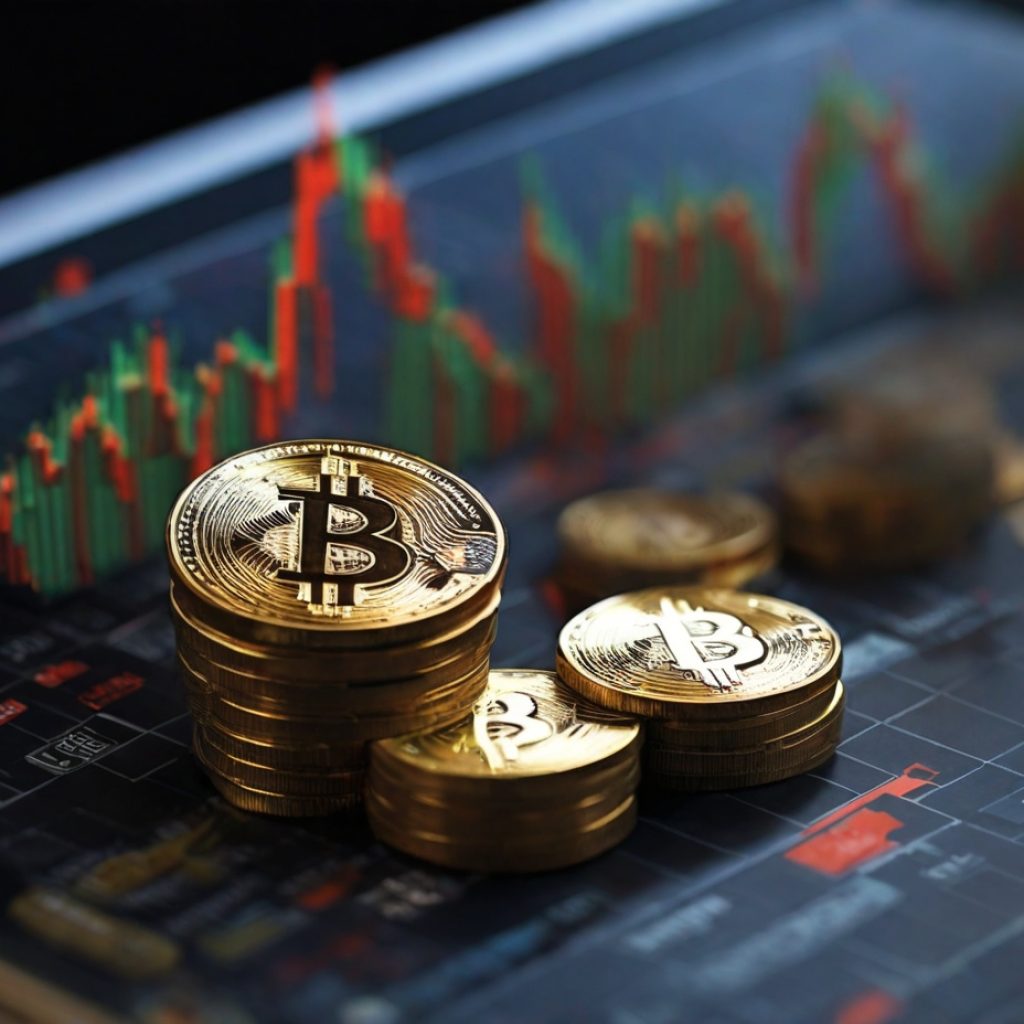The Bitcoin community is pulsing with anticipation. In less than 280 days, the Bitcoin blockchain will go through its fourth reward halving event, an occasion where the reward for mining new blocks, called the block subsidy, drops from 6.25 to 3.125 BTC.
This event, along with the string of reductions slated to unfold over the next two decades, has brought a tidal wave of speculation on how miners will adapt to the diminishing returns.
Understanding block subsidy transformation
In the nascent days of Bitcoin, miners could rake in a whopping 50 BTC with each block added to the blockchain. Today, that figure stands at a significantly reduced 6.25 BTC per block, and soon, it will be pared down to a mere 3.125 BTC.
While the exact course of these events remains unknown, Bitcoin’s structured design offers us reasonable estimates of future halving timelines.
Following the halving slated for April 2024, the reward will see another reduction to a paltry 1.5625 BTC by 2028, marking the end of block rewards exceeding a single BTC.
Post-2028, the Bitcoin ecosystem will witness the final block rewards of over one BTC. By 2032, the reward subsidy will be whittled down to a scant 0.78125 BTC, and the block reward will dwindle further to less than half a Bitcoin by 2036.
The implication of diminishing rewards on Bitcoin’s future
As we approach 2044, block rewards will still stay above 0.1 BTC but will contract further by the next halving event, shrinking to 0.09765625 Bitcoin.
The following years until 2136 will witness successive reward halvings, with block rewards eventually being chiseled down to a lone Satoshi or 0.00000001 BTC by 2136.
In a closed Bitcoin economy, this raises an essential question: How will miners remain incentivized to fortify the blockchain’s security when block rewards are barely a blip on the radar?
The primary theory is that with Bitcoin’s wider acceptance and rising transaction demand, increasing transaction fees will act as a lure for miners, enticing them to secure the network despite dwindling block rewards.
To maximize earnings, miners may have to prioritize transactions with higher fees. However, this sets up an intricate balancing act, and it’s still uncertain how the network will adjust as block rewards continue to taper off.
If Bitcoin’s adoption proliferates globally, on-chain fees, even minimal ones, could provide miners with substantial rewards. For instance, the top ten nations together processed a staggering 118.3 billion real-time payment transactions in 2021, averaging 324.4 million transactions per day.
If the Bitcoin network could scale to manage such a high volume of transactions with an average fee of $0.76 per transaction, miners could potentially bag a daily profit of $246,544,000.
That number far outstrips the record high for daily mining revenue of $35.35 million recorded on May 12, 2023.
Therefore, even as block rewards shrink, the BTC mining industry may find a silver lining in transaction fees, fostering a sustainable and secure future for the leading cryptocurrency.
As we edge closer to the next halving, the Bitcoin ecosystem continues to evolve, making the journey as fascinating as the destination.





